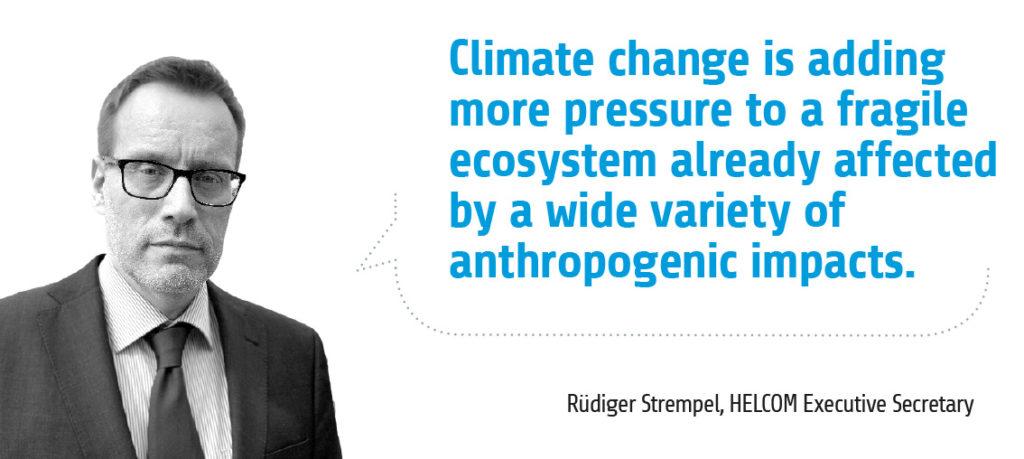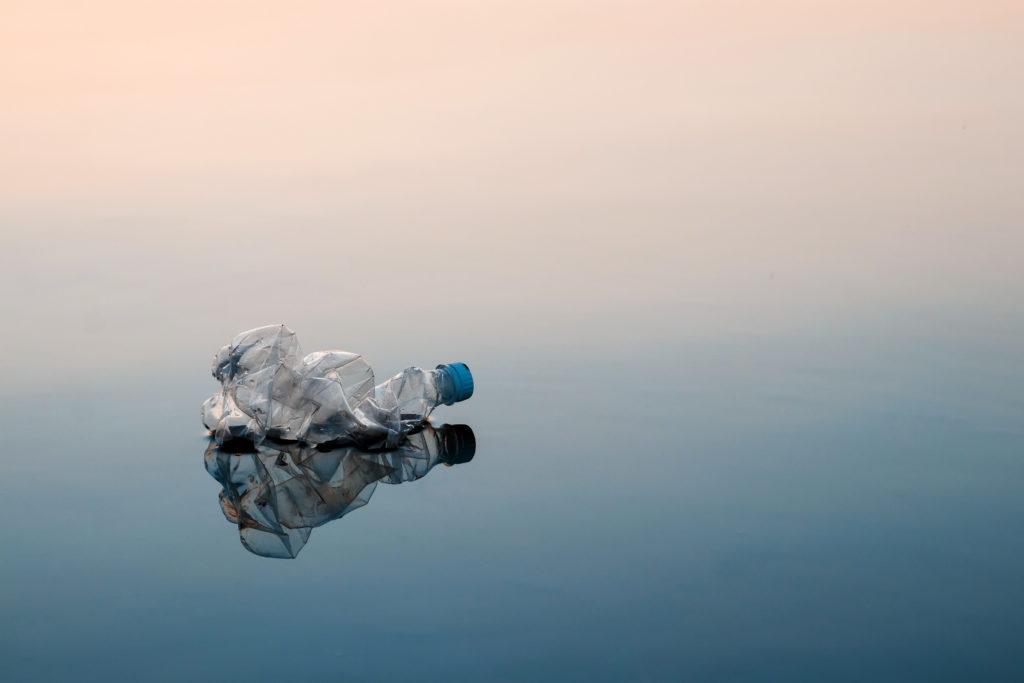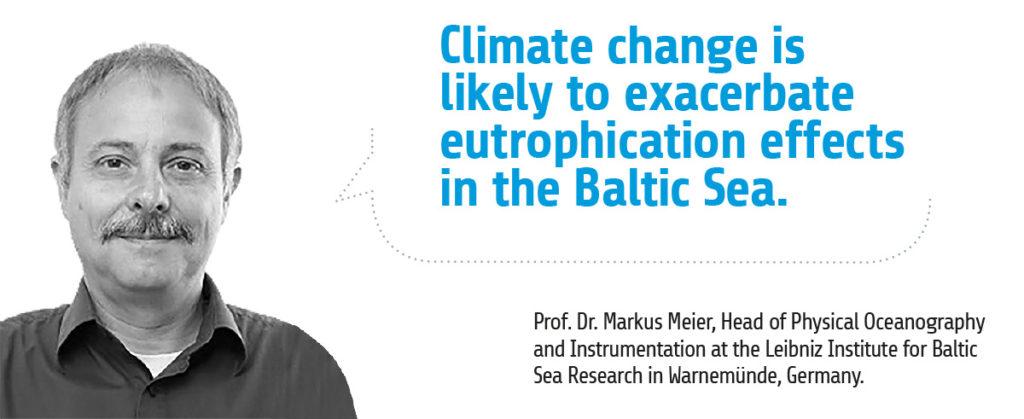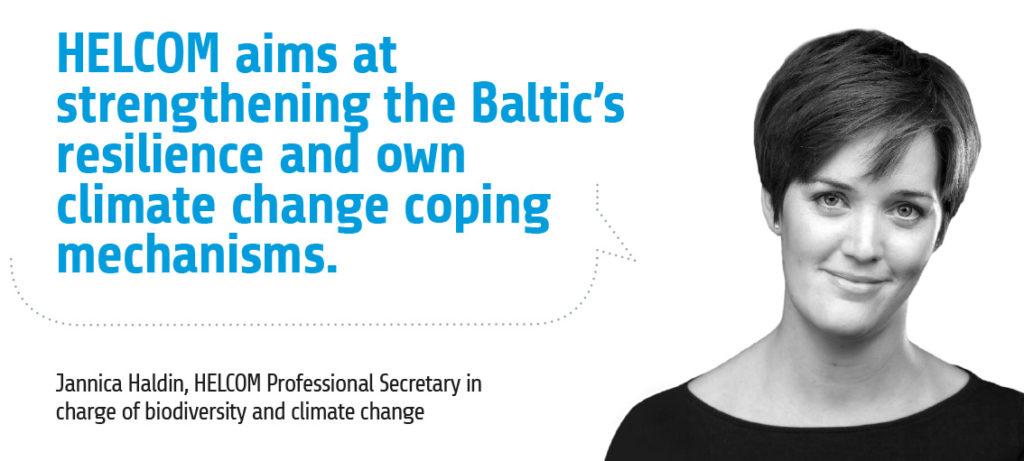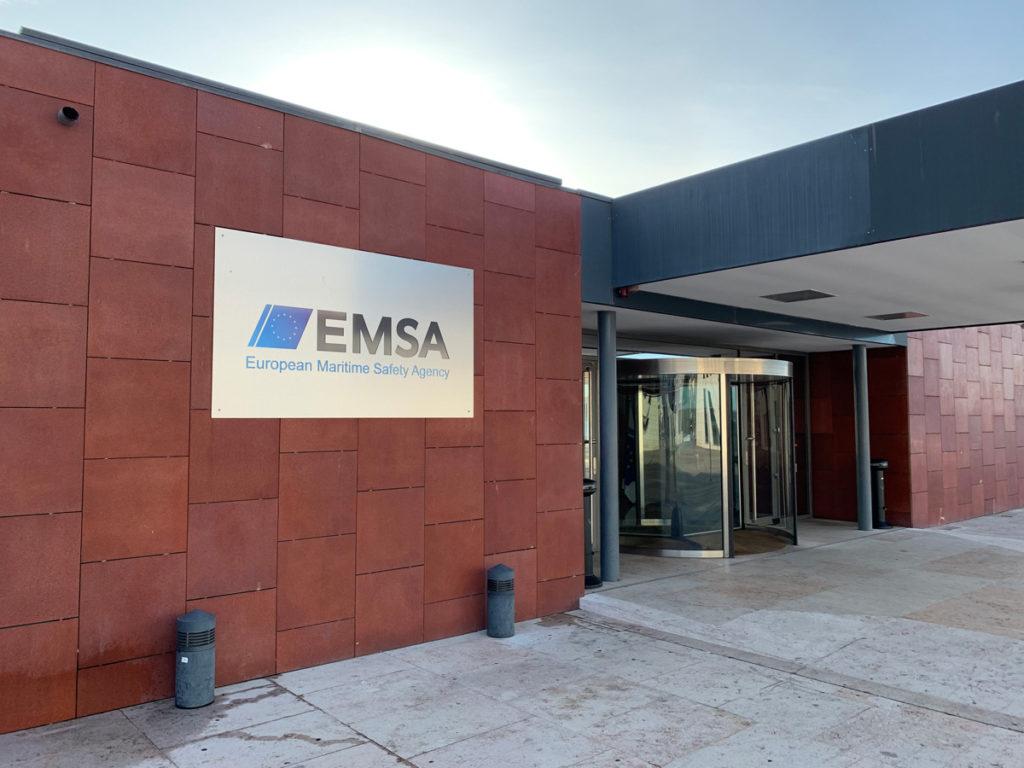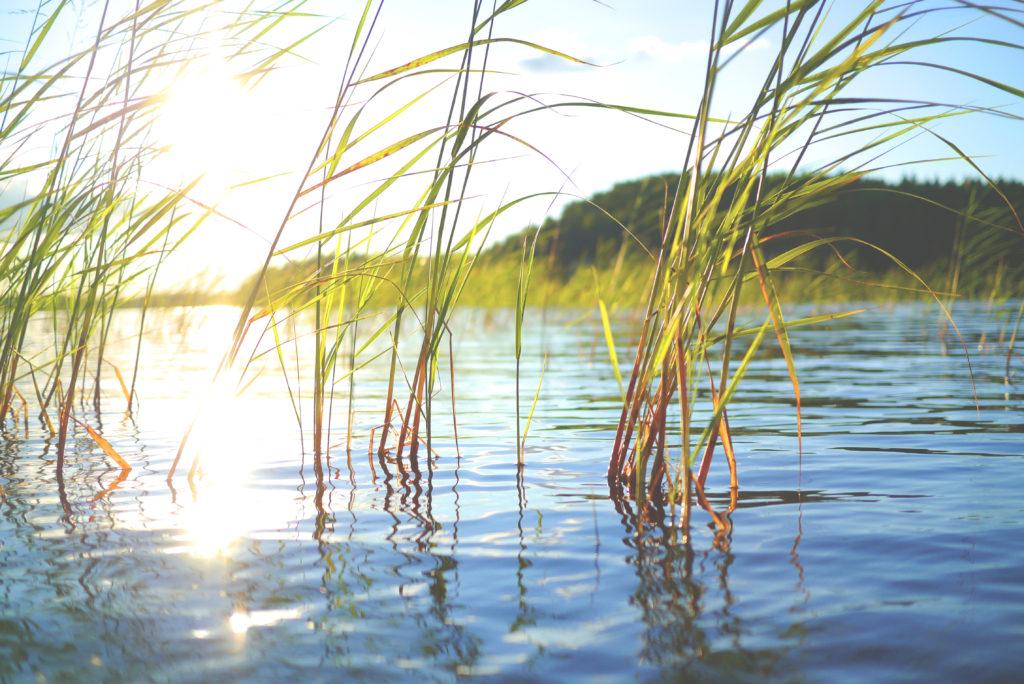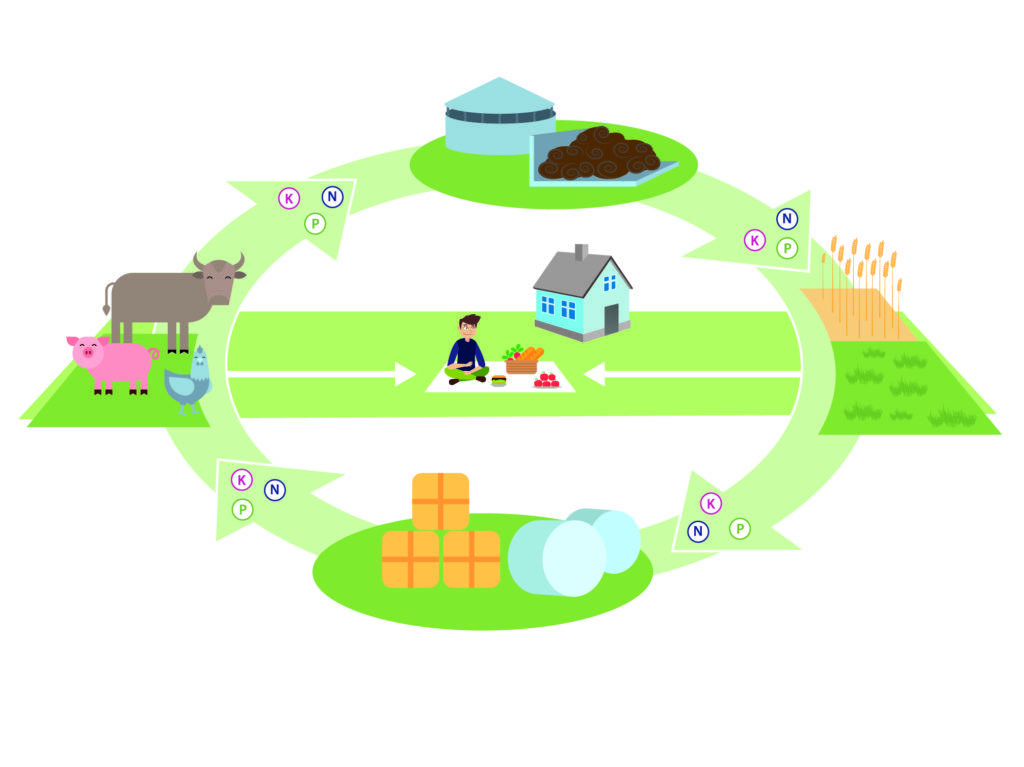As maritime spatial planning is sharpening up in Baltic Sea region, planners and policy makers advanced on environmentally-friendly management of human sea-based activities during the last HELCOM-VASAB meeting held in St Petersburg, Russia from 28 to 29 October 2019.
“The HELCOM-VASAB Working Group is a unique platform for developing ecosystem-based management, pooling the efforts of both planners and environmentalists for better maritime spatial planning (MSP) in the Baltic Sea region,” said Dmitry Frank-Kamenetsky who oversees MSP at HELCOM.
In MSP, ecosystem-based management, or the ecosystem approach, aims at linking the conservation of marine resources with an integrated management of different human maritime activities. This approach helps to reduce the cumulative impacts on the environment caused by multiple human activities.
In St Petersburg, ecosystem-based management was a central topic as reflected by the meeting outcome, along the exchange on the state of national maritime spatial plans.
All Baltic Sea countries are currently developing maritime spatial plans or looking into the matter, with the majority already having adopted their plans and some even embarking on their revision.
As laid out in its roadmap for MSP, HELCOM-VASAB promotes the coordination between national MSP efforts to avoid incompatibilities of plans between countries within the Baltic Sea region.
MSP is also expected to feature more prominently in the update of the Baltic Sea Action Plan (BSAP), HELCOM’s strategic programme of actions to reach a good environmental status of the Baltic Sea and that is due to be updated by 2021. When the initial BSAP was adopted in 2007, there weren’t many concrete MSP activities in the region yet. At HELCOM-VASAB, it was therefore agreed that MSP finds its rightful place in the updated BSAP.
“In the Baltic Sea area, most MSP activities came to life because of the commitments made under the BSAP. Now that the region has advanced on MSP, we can see its full potential for helping us to reach our environmental goals for our sea,” said Frank-Kamenetsky.
Presented by Pan Baltic Scope during the meeting, the concept of green infrastructure (GI) showed possible ways on how to integrate MSP in the update of the BSAP. By mapping habitats and biotopes that provide essential ecosystem services, green infrastructure is an attempt to effectively link biodiversity to spatial planning.
Green infrastructure is a network of natural or semi-natural ecosystems that offer valuable services. They provide natural resources – think clean air, water and food –, regulate the environment and climate, as well as add a cultural and social value, for instance through recreational opportunities.
Further development of the green infrastructure concept was included in the HELCOM-VASAB Work Plan for 2020-2021 to be submitted to the HELCOM countries for final approval.
The 19th meeting of joint HELCOM-VASAB Working Group on Maritime Spatial Planning (MSP) took place during the XVIII Annual Strategic Planning Leaders Forum that, every autumn, attracts over 1000 participants from Russia and beyond.
The HELCOM-VASAB Working Group was established in 2010 to ensure cooperation among the Baltic Sea Region countries for coherent regional maritime spatial planning processes in the Baltic Sea.

